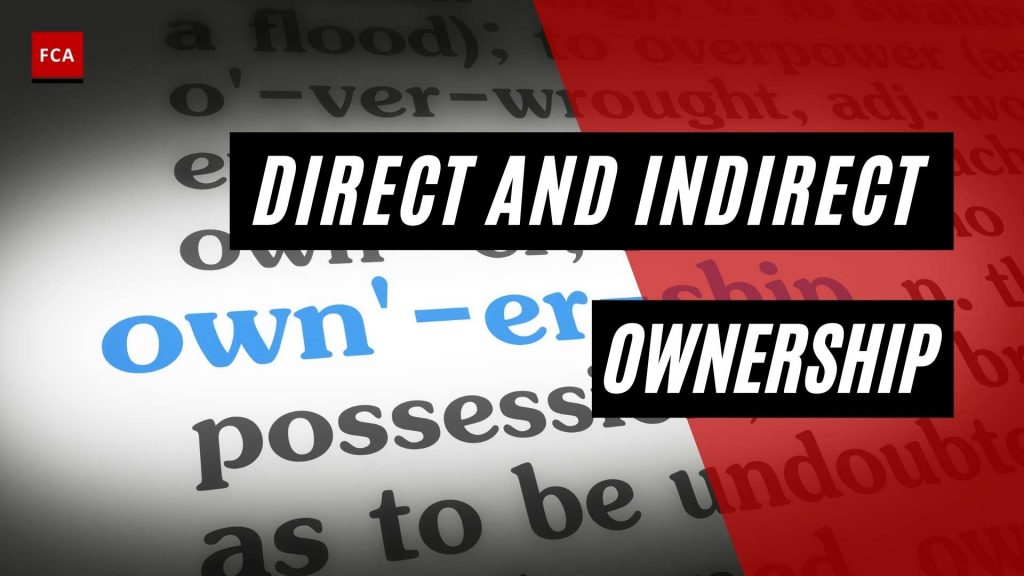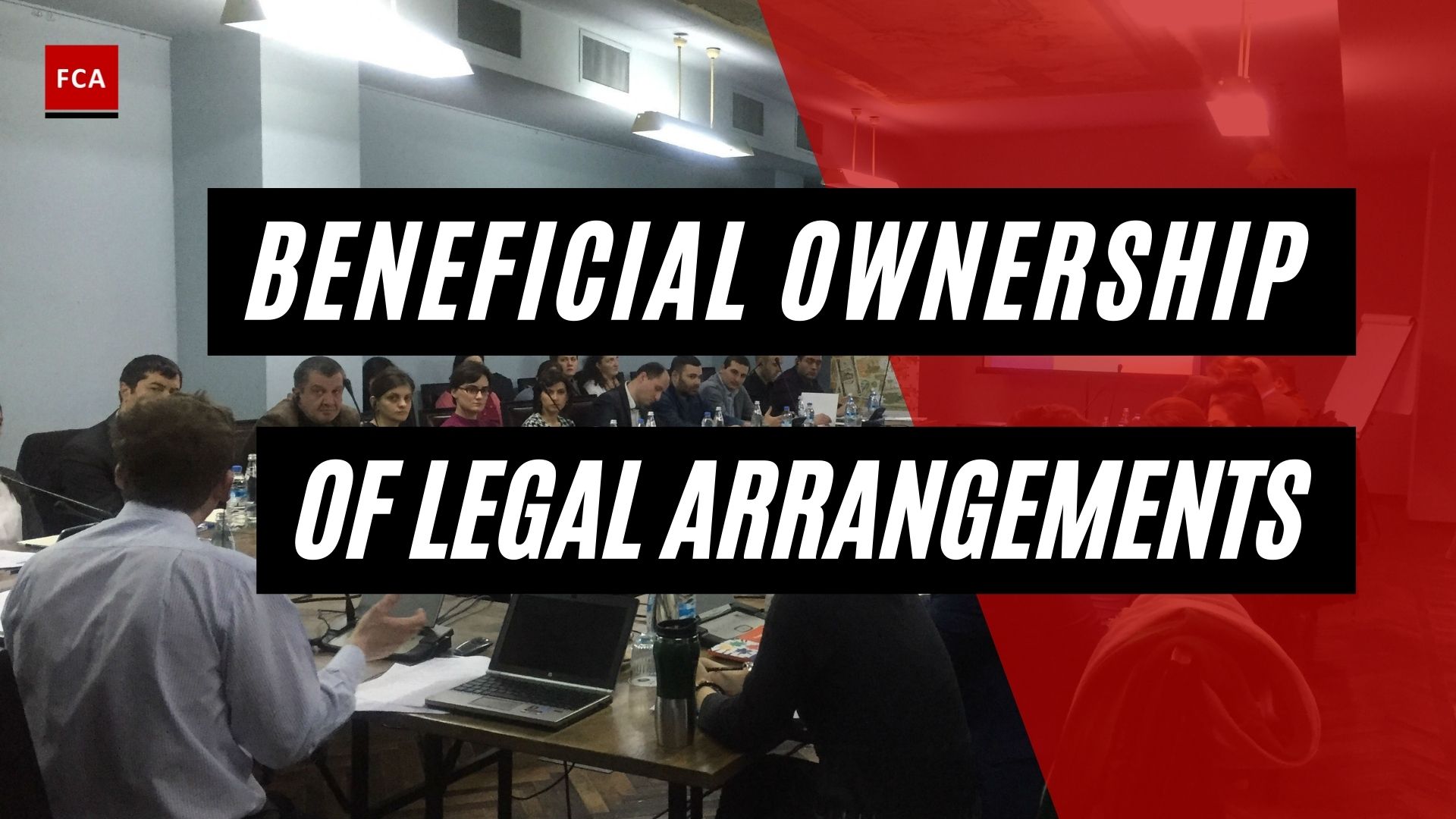This article elaborates on ‘Direct And Indirect Ownership’. The act, state, or right of holding something is known as ownership. In the context of a business, ownership refers to the person or entity that either controls or benefits from the firm’s activities. An entity’s ownership can be direct or indirect.
Direct ownership means the shares/units/percentage holding is held directly by the parent person or entity, whereas indirect ownership means the shares/units/percentage holding is held through another entity.
Beneficial Owner
The “beneficial owner,” according to the FATF, is the natural person who ultimately owns or controls a legal entity, as well as the natural person on whose behalf a business is conducted. It also covers people who have ultimate effective control over a legal corporation or who benefit from a portion of its revenues.
A natural person can exert direct or indirect control. Different organizations may be founded by investors, with some investors having direct control over the organization and others controlling it indirectly through investments in parent firms.
Beneficial ownership identification and verification, both direct and indirect, are an important aspect of the whole due diligence and KYC process.

What is a Direct Owner?
Direct ownership is simple: the Group Firm may possess more than 50% of the shares in the subsidiary company for whom an account is being formed. Because of the potential customer’s basic organizational structure and legal status, direct beneficial ownership is frequently straightforward to establish.
Beneficial ownership may also be indirect and complicated when a company is made up of several separate firms, or there is more than one key investor.
Two categories of ownership
Two categories of ownership must be understood and recorded for KYC reasons. This is “ultimate beneficial ownership” and “direct ownership.”
Individuals and organizations who directly hold shares or are partners in a legal entity are referred to as direct owners. For example, if a person owns 10% of the shares of a company, he is considered a direct owner. A direct owner does not have to be a natural person; it can be another entity, such as the parent business, which is a direct owner in its direct subsidiary. It’s also possible to have indirect ownership.
What is an Indirect Owner?
An indirect owner is someone who owns more than 50% of a company’s or entity’s shares, either directly or indirectly via other firms in the group.
A person can be an indirect owner of a business if other companies in which he has a stake own the firm. For example, if a person owns 50% of company A and 20% of company B, then he or she is an indirect owner of company B.
Final Thoughts
The right of holding something is the definition of ownership. Ownership refers to a person or entity that controls or benefits from a a legal entity, business or the firm’s activities. This article elaborates on ‘Direct And Indirect Ownership’.









